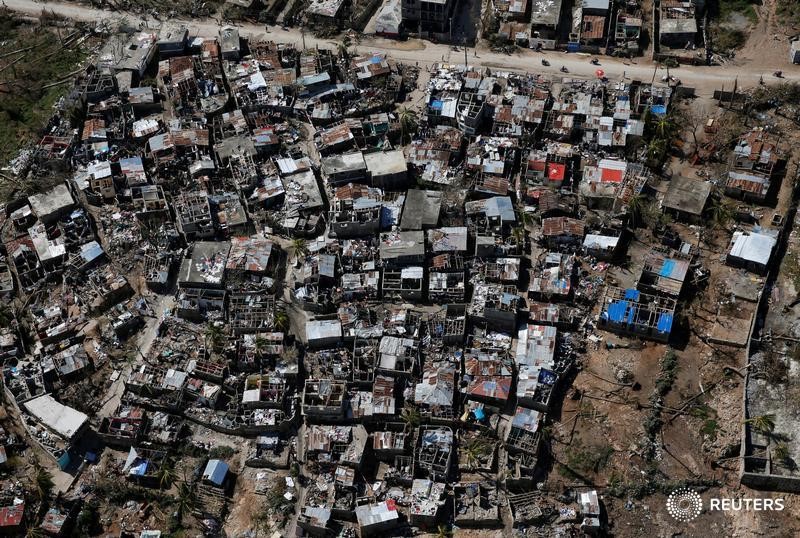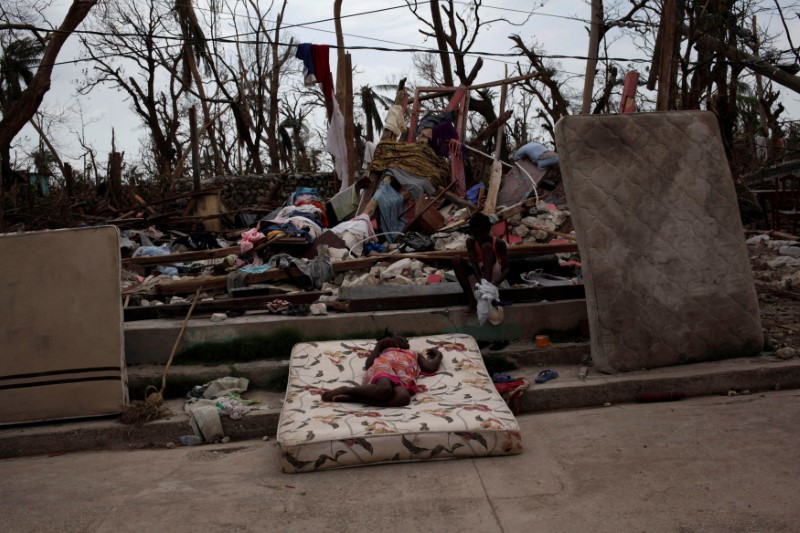
By Tom Miles
GENEVA (Reuters) – Around 250,000 civilians in Syria’s besieged eastern Aleppo have run out of aid supplies and none of the warring sides have agreed safe passage for a relief convoy, a senior U.N. humanitarian official said on Friday.
Air strikes and shelling in the rebel-held east of Syria’s largest city has killed dozens this week, a monitoring group says. The bombardment resumed on Tuesday after a four-week pause, part of a wider military escalation by the Syrian government and its allies, including Russia, against insurgents.
U.N. humanitarian adviser Jan Egeland said civilians trapped by the siege were out of food and medical stocks and bracing themselves for an increasingly fierce attack.
“My understanding is that virtually all warehouses are now empty and tens of thousands of families are running out of food and all other supplies,” Egeland told Reuters. “So this is a very bleak moment, and we are not talking about a tsunami here, we are talking about a manmade catastrophe from A to Z.”
The United Nations has proposed a humanitarian relief plan, with medical workers, medical supplies and food going into eastern Aleppo and evacuations of the sick and wounded.
The rebels had given positive signals, Egeland said, but he could not understand why they could not simply state their approval and pledge to guarantee the security of U.N. humanitarian operations.
“Earlier on their side they were quarrelling over the correct access road and many of the technical and logistical elements of both the 48-hour convoy and the medical evacuations. It’s not really rational,” he said.
Russia had said it is positive in general about the plan but it has not given an official green light, he said. At the same time, Egeland said, Moscow had stepped up its air campaign in support of Syrian and allied ground forces.
The United Nations had hoped to send convoys with aid for 1 million Syrians in besieged or hard-to-reach areas this month, but so far not one has reached its destination.
“The needs are exploding and a killer winter is coming to the exhausted and vulnerable Syrian civilians. We have the trucks, we have relief workers that are willing to go, even though it’s dangerous, and we have very concrete plans,” Egeland said, and he was angry and frustrated at the “outrageous” situation.
He blamed arbitrary bureaucracy and the insistence of combatants that the convoys use roads known to be insecure or mined. Although the Syrian government was doing most of the besieging and was responsible for most of the obstacles, Egeland said rebel groups also often did little or nothing to help.
(Reporting by Tom Miles; Editing by Mark Heinrich)
























